SEARCH






|
|
|
|


Gert van den Bosch was the winner of the prestigious Sony World Photography contest in 2014 – category Nature and Wildlife. His fabulous and interesting work consists mainly of pictures taken close to his home. Gert loves to picture livestock. Cows, sheep, pigs, goats and everything that has to do with animals, from farmer to vet, from butcher to sheep shaver. He tries to prove that it is not necessarily needed to travel around the globe to take good photographs. Thanks to Yvette Depaepe for conducting the interview.
Briefly tell us about yourself, your hobbies and other jobs.
I am born in December 1964. I live in Zaltbommel, which is located in the centre of the Netherlands. I got married in 1990. I am a proud dad of four children.
A few other hobbies are: Cabinetmaking, building of wooden boats, reading novels, and watching a good detective on TV. In the past I did a lot of sailing. I was working in the third-generation family timber business up until 2003, together with my cousin.
By the end of the year 2000 I got seriously ill and got diagnosed with Granulomatosis with polyangiitis (formerly known as Wegener's Granulomatosis). It came back in 2002, and after this I was no longer capable to work. I had to leave my beloved timber business.
How has your history and life experiences affected your photography?
I have bought my first SLR in 1981. Shortly afterwards I bought a darkroom. I was 17. My pictures were far from good back then. It was quite expensive, so after the birth of my children I did not take any decent pictures any more.
Somehow I got a DSLR in my hands in 2009. A Sony A300. I was hooked and a few weeks later I bought the Sony A330. The A330 and I did not get along very well, so in May 2010 I bought the Sony A550 . By the end of 2010 I had my first picture of the week on a photo site. Things went quickly after that. I did a few exhibitions, I discovered that I liked farm animals very much. I won a Sony Award in 2014.
I am an amateur photographer. I do not have any training, course or schooling. I have learnt it the hard way by trial and error, a lot of reading and submitting pictures to photo learning sites and learning from the comments I got. I started on a very small forum which was very good for me, when that stopped I went to a larger one and became moderator, but after almost 3 years, I had enough of it.
I am really stubborn, and if people try to convince me that it can't be done, I will try it anyway.
Which are your most important experiences that have influenced your art?
Due to my poor condition that comes from my health, I was urged to approach things in another way. Long walks are almost impossible, standing up for a while as well. Sitting in a barn, meadow or mud pool is no problem. If I take it easy, the animals condone me.
I have developed my own way to picture my subjects. I found out that I could get close to most animals without disturbing them. It takes time and patience, and I have plenty of both.
What first attracted you to photography?
I am not sure, but I do think it was seeing documentary shots in magazines.
Describe your overall photographic vision.
I really value a good, plain and simple shot. For me, the simple looking ones are the best. For example: Chema Madoz, a Spanish photographer. It looks very easy what he is making, but it is pure art to me.
I try to make my pictures very minimalistic: Massive clouds in the sky and only one animal. Or a single animal in a barn with the perfect light, and a background which doesn’t disturb.
Your work is diversified: Everyday, Documentary, Mood, Humour ... Why are you so drawn by these specific styles of photography?
There are even more subjects as described above, not only documentary, everyday and humour. I am practising infrared photography with a modified camera; I have had two pictures published.
I am experimenting with self-developed split-level photography. This means I put my camera in a DIY made device for a picture that is taken half underwater and the other half above. I am sitting on a surfboard and on the floating camera box is a 9" live view screen mounted. Results are very slowly improving.
Well, it is better to say that I am drawn by everything that lives on our planet, but it has to be equal or bigger than for example a White Stork. No macro or singing birds for me. Macro is too exhausting for me for a good job, and hours waiting in a tent for a decent shot from Wildlife is no option, because these spots are usually too far away and not reachable by car.
You can also say that everything that around a cattle farm has my attention. This means: The farmer and his job, the animals in their environment, the barn, the meadow, the mud pool. I even go into the mud pool with a wide-angle lens. The veterinarian is part of the farmers life. On location, in the surgery room and in the doctor's office. But also the furrier, the sheep shaver, the butcher, the slaughter.
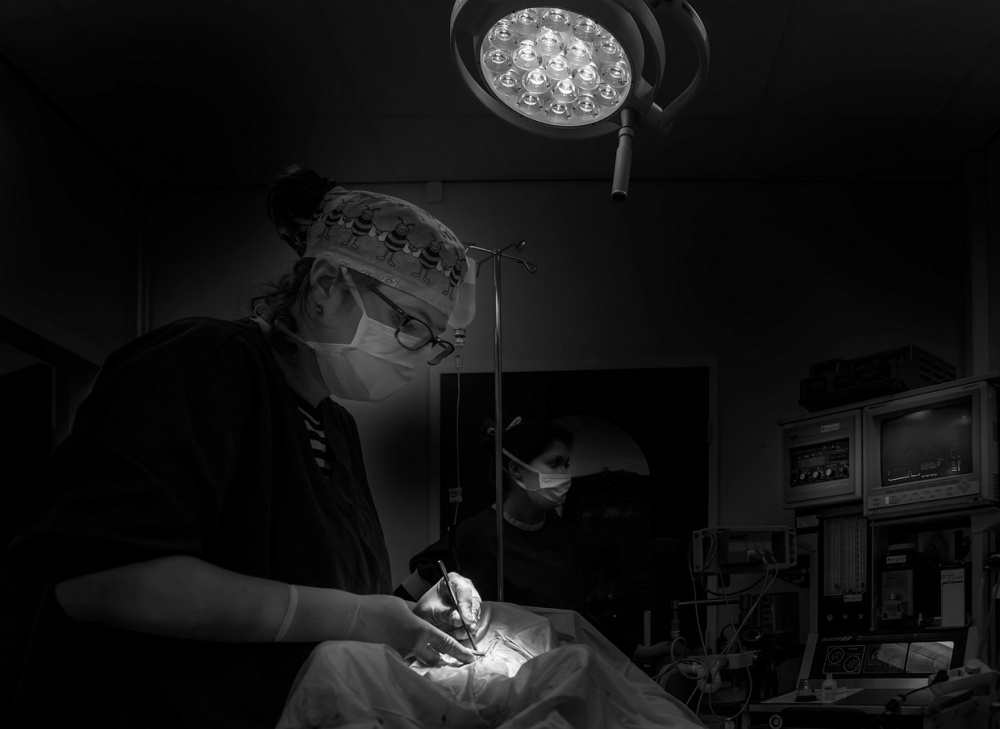
Most shots I take nowadays are with the Zeiss 55mm and Sony 28mm/21mm on the A7 and the 70-200 F2.8 on the A77 II. Using both cameras without changing lenses much.
When I am in a barn, I sit down on the ground, and see what happens. Most animals are curious and come towards me. I keep a low profile and even crawl. It happens a lot that I step into manure or afterbirth...but that is all in the game. On one occasion, I was close to a big pregnant sow and she decided to pee...I got the full amount over me.
Do you prepare carefully the locations where you are intending to photograph?
Yes, very much. I have over 70 contacts in and about the farming business. It happens rarely that I visit them only once. I like to go back there with the knowledge about the farm, the light, the general characteristics. I pay a lot of short visits, for certain shots with certain light and the sky is also very important for me with outdoor shots.
I arrange about 95% of the contacts myself. By email or phone.
Besides the A7, I am using the Sony A77 II with Sigma 120-400 F4-5.6 HSM, Sigma 70-200 F2.8 HSM, Minolta 50mm F1.7, Sigma 30mm F1.4, Tamron 10-24mm F3.5-4.5, Samyang fish eye 8mm F3.5.
Last but not least, I own the Sony A100, which is modified for infrared pictures. All of my gear is with me when I go out, but most of the time the 120-400 stays at home, because I like to zoom in closely.
What software do you use to process your images?Photoshop CS 6 and Nikfilters. It takes about 5 minutes for me to do the post processing on a picture. I am a bad photo shopper, and I don't really like it. I know, you can't do without it, but I like to keep it very basic.
Can you tell us something more about your workflow?
I shoot in RAW RGB, in aperture modus, adjust ISO myself and automatic white balance.
I open the RAW file in Camera RAW. I look at white balance, colour, exposure, noise, shadows, and highlights. After this I open the file in CS 6. I look at levels, contrast, and saturation. Next step will be Viveza 2 from Nikfilters. Adding contrast, and sometimes brighten or darken parts. Outdoors pictures get about 15-20 % structure. I do never any additional sharpening. Sometimes I use Colour efex pro for the graduated filter to get a darker sky. After this, I use Topaz denoise. Moderate setting. I save the Tiff RBG and when I would like to upload to the Internet, I use BD sizer for it, those files are only temporarily saved in sRBG.
What is your most important advice to a beginner in everyday and documentary photography and how do you get started?
Try to contact persons who own farms or businesses and ask if it is possible to take pictures. Promise the pictures for free, and get skilled. For me it is important to picture at places where normally most people don't go. Always be polite, ask a lot of questions and try to understand what they do basically. Gain knowledge.
When it comes to farmers, ask a lot about their work, and even more important, about their cattle.
How do they behave? Some breeds are easy, some are dangerous. Especially when they have litter. Before I step into a barn, among the animals inside the fence, I have taken my time and see how they react to me. I am not scared, but I show respect. Keep in mind a cow can weigh over 600 Kg, and can easily crush you, an adult sow (female pig) can be 300kg, and when I am next to her piglets, she can get scared when I get too close to her piglets, and harm me.
Do not be afraid of torn clothes, odours, a dirty camera! Never use flash, switch out noises on your camera. Animals don't like the beep of your AF confirm.
Who are your favourite photographers and more importantly, how has your appreciation of their work affected how you approach your own photography?
I don't have really one or more favourite photographers, but some do inspire me. Peter Kemp is one of them, Erwin Olaf, Chema Madoz. I have mentioned Chema Madoz before. Peter Kemp and Erwin Olaf inspire me on how to put a scene together: the thoughts behind it. Most inspiring though, are the old Dutch painter artists. I love the use of light. It is remarkable.
Are there any specific directions that you would like to take your photography in the future or any specific goals that you wish to achieve?
I have made many pictures in an abattoir, and still none have been published, I hope someday this will happen. I do think the pictures are too confronting....but...meat does not grow on trees! I also hope more infrared pictures will pass. I really love infrared photography. A wish is more exhibitions, a book, and a calendar. I will see what happens.
Describe your favourite photograph taken by you and why it is special to you?
That will be my Sony award-winning picture 'The Cold Pony'. It was freezing cold that day, the country lanes were slippery after fresh snow, and I went out looking for animals in the snow. Close to home I found this pony. A friend of mine gave me the advice to clone stamp another pony in the background out, and get rid of a part of the fence on the right. Another friend who prints my pictures noticed that I made a few mistakes in the cloning job but I put that right. I submitted the picture and much to my surprise I won.
Is there anything else you wish to add and what do you think about 1X as a home base for your work?
I use my published portfolio on 1x.com to show people what I am producing, and convince them if it is OK that I am visiting their farm or vet practice.
Sometimes it seems to me that there are quite a few long exposure pictures and a lot photo shopped portraits on 1X. That seems a matter of taste, but it is not always my cup of tea. I would like to see more real people, real landscapes. As my health is poor, travelling is not a serious option. My shots are taken not far from home.
I try to see it this way: People from Australia, Japan, and South Africa visit my country for picturing cows and landscapes; they think it is special. The other way around: For them a kangaroo, a mountain, an elephant is usual stuff. This is my aim: taking pictures close to home.
 | Write |
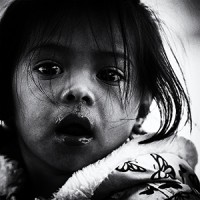 | Jacob Tuinenga Een prachtige serie foto's en een mooi interview, Gert .. Goed om te zien dat je geselecteerd bent als fotograaf van de week hier op 1X, gefeliciteerd!!
|
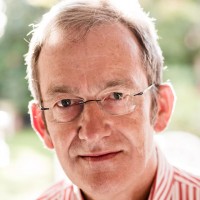 | Jerry Hughes To add to the plaudits below, a really revealing interview, thank you both.
I am amazed I had not explored your work before Gert, it is inspiring. The quality of the images without flash and as little postprocessing as you say shows that your preparation for some of the setups (especially barns and mud pools) shows real dedication. You bring out so much character to the animals and with that humour which makes the images so attractive.
Thank you for sharing your images
Jerry |
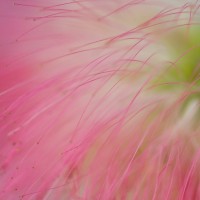 | Evan Oz CREW Hi Gert, I enjoyed reading how you approach photography, and how your skills evolved. I love animals and very much appreciate the respect with which you photograph the livestock and people who keep and care for them. I have many favorites from your collection but find every one of them interesting for what I learn of the specialized world of farming, veterinarian care, and all the other related aspects. Thank you for continuing to share your talents here at 1X and thanks to Yvette for the interview. Best Regards! |
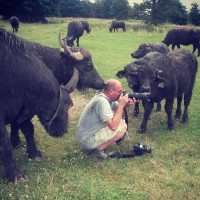 | Gert van den Bosch PRO Thank you Evan. It sure is a specialized world and I feel privileged to be part of it. It is a small world too. A lot of farmers know each other. In person, but also by social media. In some cases, I am the connection between Vet, farmer, or Farrier, that makes my proud. They trust me, and they know I will never abuse my carte blanche. |
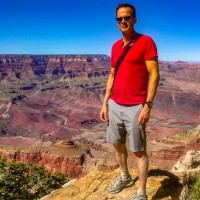 | Dana Congratulation on winning the Photographer of the week. Your work brings me joy for animals I love and adore. They bring many things to many people. For me they bring Happiness. Thank you for your lovely inspiring story. |
 | Gert van den Bosch PRO Thanks for your kind comment! |
 | Nuelle Flipse Great interview Gert!! I follow your work for some time now and I love reading more about you in person and about your work! Some of your photo's are big favorites of mine. Like the pony and some super cute pigs! Congrats on this wonderful interview Gert!! Fijne dag!! |
 | Gert van den Bosch PRO Dankjewel! |
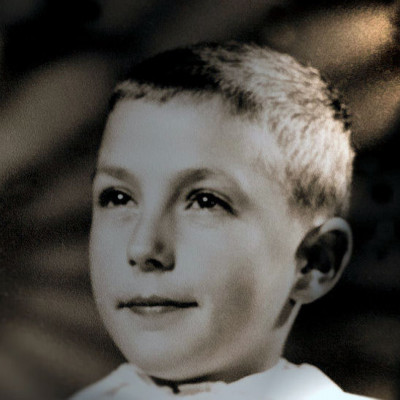 | Thierry Dufour PRO Superb interview, I'm really delighted to discover Gert and his photos really superb and very original. In addition I discovered through him the photographer Chema Madoz, I loved his work. A big thank you to Yvette and Gert, I learned lots of beautiful things |
 | Gert van den Bosch PRO Thanks for your kind comment Thierry. Mostly, the small things are the beautiful things. True story. Al least...to me. |
 | Yvette Depaepe CREW It was a pleasure to interview you, Gert. Thanks a lot for taking the time to answers extensively the questions to make it a most interesting interview, revealing so much about yourself and your work. Quiet a challenge to photograph in your close surroundings !!! You got amazing and unique results. Congrats and my admiring compliments !!! |
 | Gert van den Bosch PRO I am very flattered to be chosen for this. Thanks. |